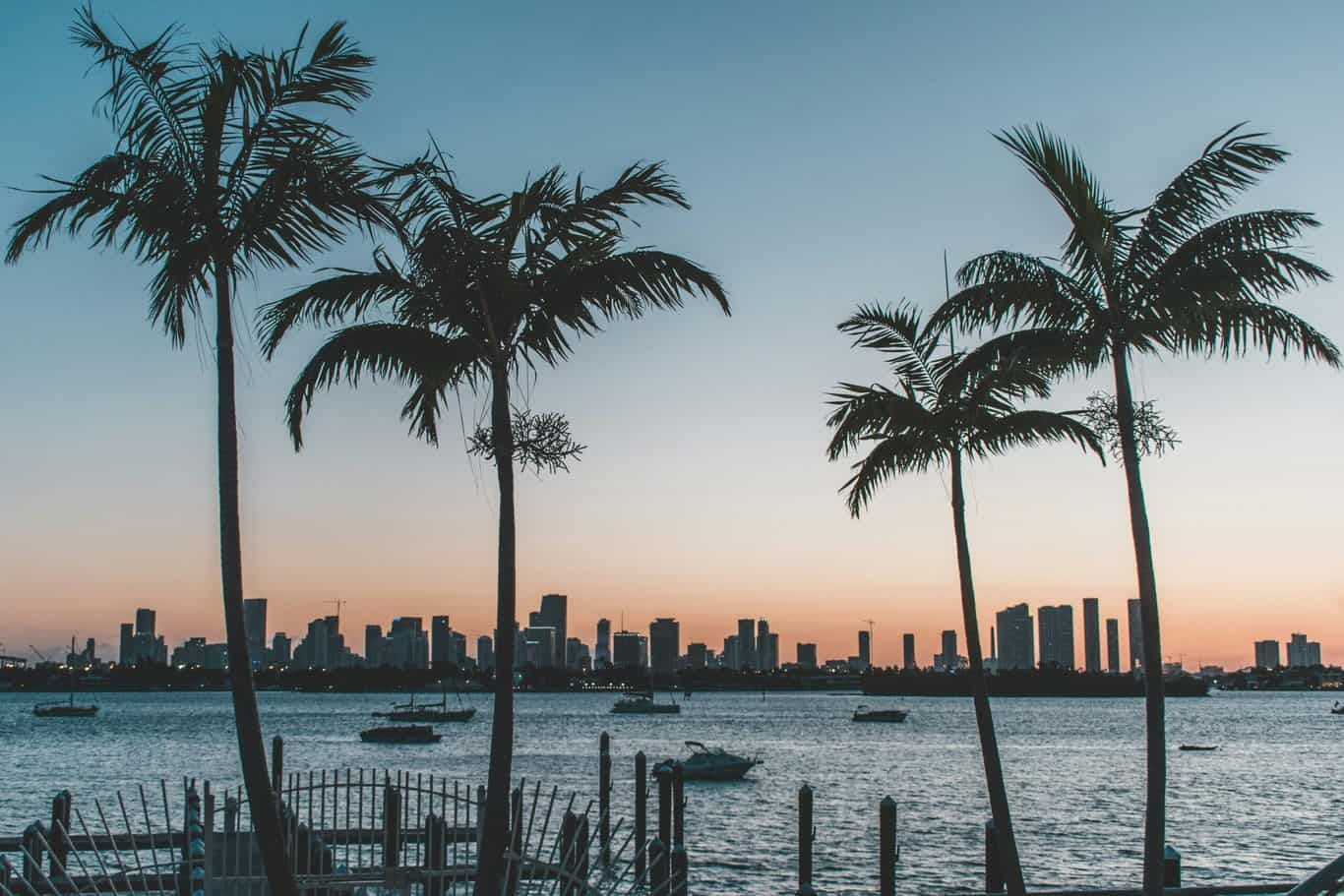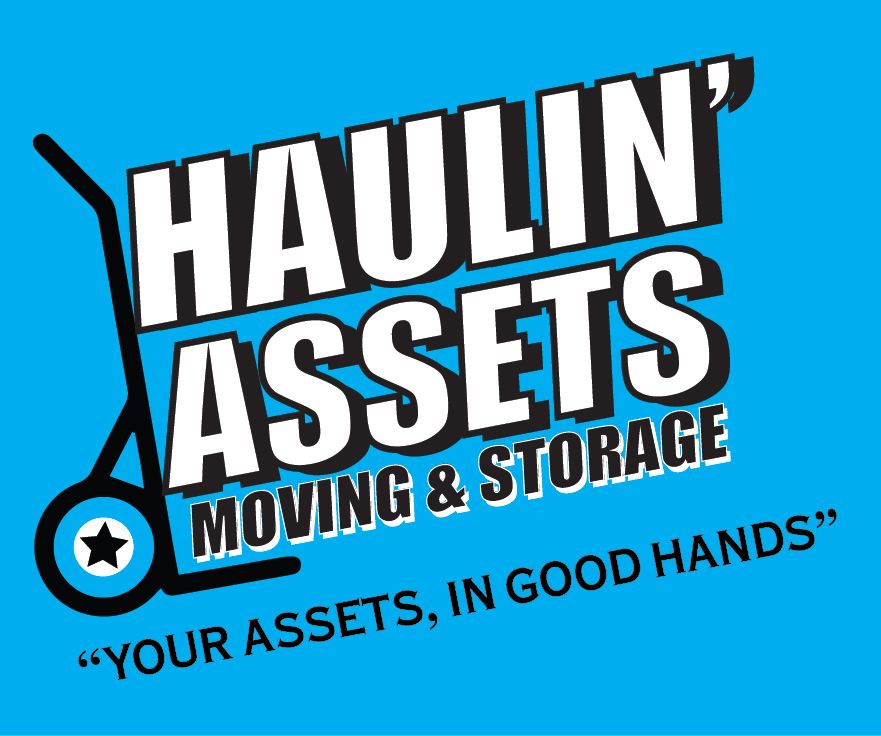Packing for college can be overwhelming, especially if it’s your first time living away from home. The good thing is that it becomes easier if you prepare properly. With the right tips and checklist, you can make your transition smoother.
It will also save you time and ensure you don’t miss anything important. So if you are confused about how to start, our college and student movers have prepared a plan to make your move easy and convenient.
What To Pack For College
You need a lot of things in college, and it can be overwhelming to decide what you should keep. So to help you stay organized and ensure you don’t forget anything important, here’s a packing list for college with all the essential items:
Bedding
Bedding is one of the most important things to pack for college. As you know, dorm beds are typically twin XL size, so make sure to pack the appropriate bedding. Here are some essentials you should not forget:
- Twin XL Sheets: Bring at least two sets for easy swaps.
- Comforter or Duvet: Choose one that keeps you comfortable year-round.
- Pillows and Pillowcases: Pack what you need for a good night’s sleep.
- Mattress Topper: Dorm mattresses can be uncomfortable, so a memory foam topper can make a huge difference.
Toiletries
Having all your hygiene items organized is important, especially if you’re sharing a bathroom with others. If you are moving to a warm, humid location,
you should keep cooling powders and cleaners to keep your body fresh. You can also pack a shower caddy to make trips to the bathroom easier. Here are some essential items you should include:
- Toothbrush and toothpaste
- Shampoo and conditioner
- Body wash or soap
- Deodorant
- Skincare products
- Hairbrush, comb, and styling tools
Towels
You’ll need a variety of towels for different purposes:
- Bath towels: Large, absorbent towels for after showers.
- Hand towels: For drying your hands and face.
- Wash cloths: Useful for quick washes or to keep in your bathroom kit.
Laundry Supplies
As a student, you will do your laundry by yourself, so it will become a daily routine. Here are some essentials you should not forget:
- Laundry Detergent: Pods or liquid detergent are easy to store.
- Fabric Softener: Optional, but keeps clothes soft.
- Laundry Basket or Bag: Make sure it’s sturdy and easy to carry to the laundry room.
Clothing
You don’t need to pack your entire wardrobe, but bring a mix of comfortable and practical clothes:
- Everyday Wear: Jeans, t-shirts, casual tops, and sweaters.
- Formal Wear: A business-appropriate outfit for presentations or events.
- Gym Clothes: Athletic wear for exercising or lounging.
- Sleepwear: Comfortable pajamas for your dorm room.
- Jackets and Outerwear: Depending on the climate, bring a jacket or coat for cooler months.
Kitchen Supplies
Colleges do have canteens or even if you plan to eat in the dining hall, having a few kitchen essentials is helpful for late-night snacks or quick meals:
- Microwave-safe Containers: For heating leftovers.
- Plates, Cups, and Utensils: Simple, reusable items you can wash.
- Dish Soap and Sponge: For cleaning your dishes.
Storage Solutions
One of the main things in the dorm move-in checklist is storage solutions. These rooms are small, so you must have products to maximize your space:
- Storage Bins: Great for storing clothes, shoes, or extra supplies under your bed.
- Hangers: Don’t forget a set of sturdy hangers for your closet.
- Drawer Organizers: These will help keep smaller items like socks or accessories neatly organized.
Medical Kit
You don’t know when you’re going to need it, but having basic medical supplies on hand is always a good idea. Pack a small kit with:
- Band-aids
- Pain relievers (ibuprofen, aspirin)
- Cold medicine
- Allergy medication if needed
Move-in Checklist For College
Along with the basic stuff, you should also make sure that you follow this college move-in checklist to ensure a smooth transition.
Check Your College’s Housing Regulations
Each college or university has specific rules and guidelines about what is allowed in dorm rooms to ensure safety and maintain a comfortable living environment. That’s why before you start packing for your dorm, it’s important to review your college’s housing regulations.
This will also help you ensure you don’t carry any prohibited items. Many dorms have a list of prohibited items that could pose a safety risk. These items usually include:
- Candles and incense: Due to fire hazards.
- Hot plates or electric burners: Most dorms don’t allow cooking appliances that produce an open flame or excessive heat.
- Space heaters: These can be a fire risk if left unattended.
- Extension cords: Some colleges require power strips with surge protectors instead of basic extension cords to prevent electrical fires.
For safety reasons, it’s better to check the official list from your housing department to avoid bringing anything that might be confiscated.
Coordinate with Your Roommates
One of the most important things to do before moving into your dorm is to communicate with your roommates.
This can make the move-in process easier, avoid duplicate items, and help you start on the right foot. First, find out who your roommates will be, then introduce yourself via email, social media, or a college roommate app to break the ice and build a relationship.
You can also save space and money by dividing the cleaning supplies. Beyond just packing, it’s a good idea to discuss living preferences such as how late they like to study or if someone is a night owl as it can help you plan your routine accordingly.
Label Your Boxes and Suitcases
Labeling everything helps you stay organized and makes unpacking much easier. When everything is labeled, you know exactly what’s inside each box or suitcase, so you don’t have to dig through everything to find specific items. If you have labeled boxes, you will know what to unpack first, such as essentials like bedding, toiletries, or your first-night kit.
If you’re moving into a dorm with multiple people moving in on the same day, labeling helps ensure that none of your boxes get mixed up with someone else’s. This may sound like a time-consuming task, but it can greatly reduce the stress of moving into your dorm.
Pack a First-Night Essentials Bag
Having a first-night essentials bag ensures that you have quick access to the basics without having to dig through boxes or suitcases when you’re tired. After a long day of moving, you will most probably feel exhausted. But if you have this bag, you will have comfort items like your pajamas, toiletries, and bedding ready for your first night in the dorm.
Bring Necessary Documents
When moving to college, you must have your important documents readily available. These papers not only help with the move-in process but also ensure you’re prepared for any administrative or emergencies.
Some documents, like your college ID or acceptance letter, might be needed during orientation, dorm check-in, or other administrative tasks.
You should also keep your medical and insurance documents, as they ensure you’re prepared if you need medical assistance. If you’re receiving scholarships, loans, or financial aid, have all related documents on hand, especially if you need to follow up on any pending matters with the financial aid office.
Move-in Day Tools
Along with the essential items, you should have the right tools and equipment on hand as they help you transport, set up, and organize your belongings efficiently, especially when navigating tight dorm spaces.
One of those tools is a Handcart, which you will need to move heavy items like boxes, mini-fridges, and suitcases. You can check if your school provides carts on move-in day. If not, consider borrowing or renting one ahead of time.
A tool kit is another must-have item. Since many dorm items like loft beds, bookshelves, or storage units may need assembling or adjusting, a small tool kit with essentials like screwdrivers, a hammer, and pliers can help you quickly set up or fix any furniture.
Room Setup Essentials
Once you’ve moved into your college dorm, the next step is to arrange and personalize your space to make it comfortable and functional. Along with storage solutions and bedding, you also need desk and study supplies.
A good desk lamp with adjustable brightness is essential for late-night study sessions. If you use a laptop to study, then you should get a laptop stand to prevent neck strain.
There are other non-essential items like command hooks and wall decor that can help you organize and personalize your space. If you want to improve the look of your room, you can also add your lighting to create a more relaxing and cozy atmosphere.
Conclusion
Moving becomes easier when you follow an organized approach. Don’t wait until the last day, as it can mess up everything and increase the chances of missing something. You’ll have a smooth transition into dorm life if you organize your packing and focus on the essentials.
The best way to do that is by having a checklist. Remember, planning and packing smart will help you avoid last-minute stress, allowing you to enjoy your first few days on campus. If you are unsure about moving by yourself, you can also get professional moving help to save time and energy.


